Optimal Timing for Lawn Leveling
Lawn leveling service is most effective when performed during specific times of the year to ensure optimal results and lawn health. The best periods are typically during the early spring and early fall, when soil conditions are ideal for leveling and grass recovery. Performing leveling in these seasons allows the soil to settle properly and promotes healthy grass growth afterward.
Late winter to early spring is ideal for lawn leveling, as soil is moist and workable, reducing compaction and allowing for better soil adjustment.
Early fall provides favorable soil moisture and cooler temperatures, supporting grass recovery and minimizing stress during the process.
Summer heat and winter cold can hinder the effectiveness of lawn leveling and may damage the grass if performed during these times.
Ensuring adequate soil moisture before leveling improves soil compaction and helps achieve a smooth, even surface.

Ways to make Lawn Leveling Service work in tight or awkward layouts.
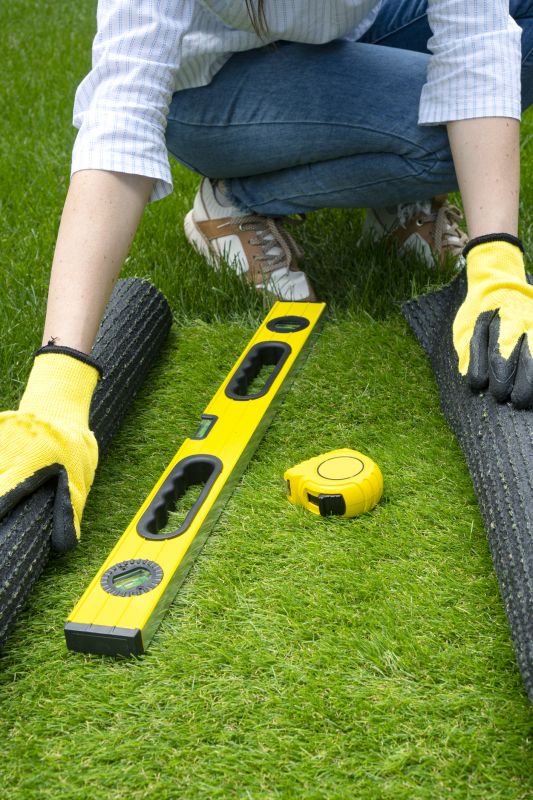
Popular materials for Lawn Leveling Service and why they hold up over time.

Simple add-ons that improve Lawn Leveling Service without blowing the budget.
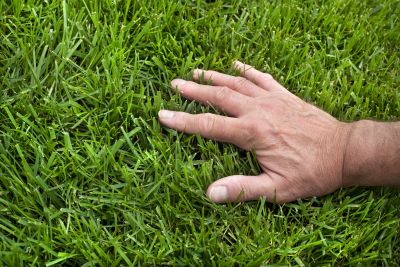
High-end options that actually feel worth it for Lawn Leveling Service.
Statistics indicate that properly leveled lawns can increase property value and reduce maintenance costs over time. Regular lawn leveling can also contribute to healthier turf by preventing soil erosion and ensuring even water distribution. The process is especially beneficial for lawns with significant unevenness caused by settling, erosion, or poor initial grading.
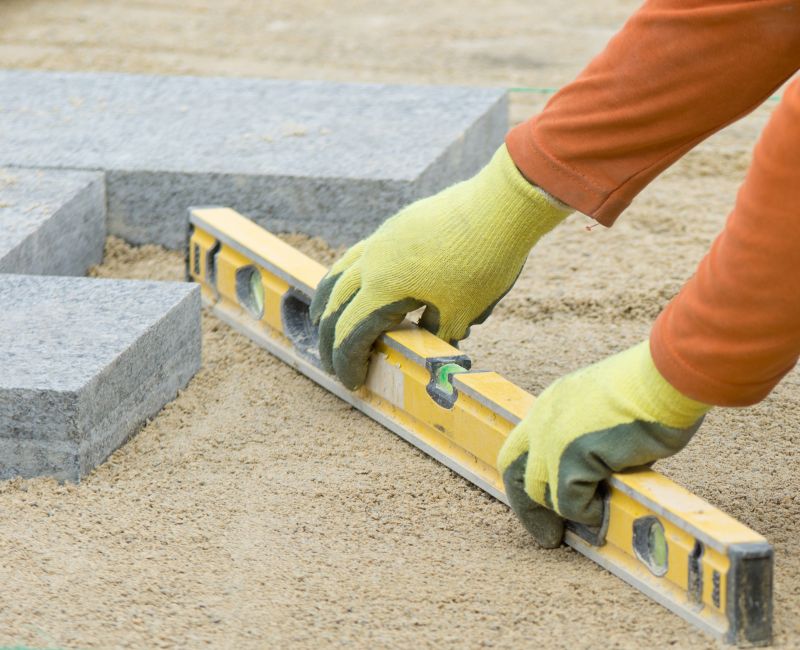
Finishes and colors that play nicely with Lawn Leveling Service.
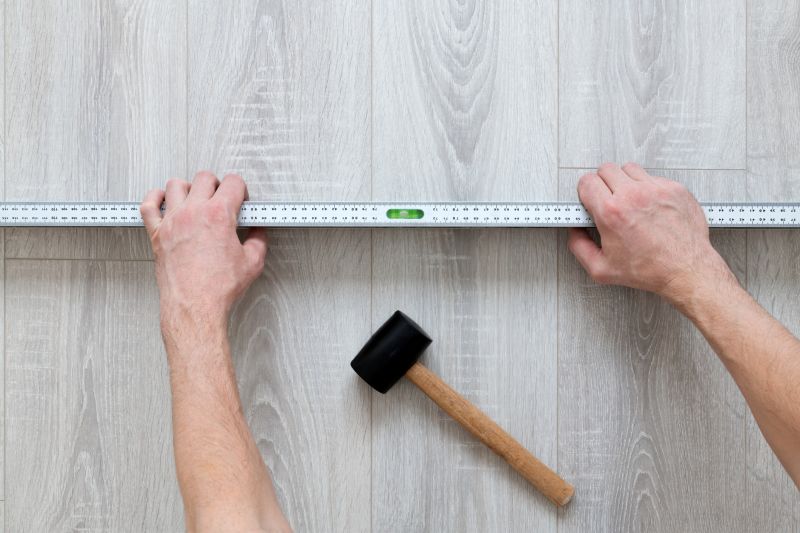
Little measurements that prevent headaches on Lawn Leveling Service day.
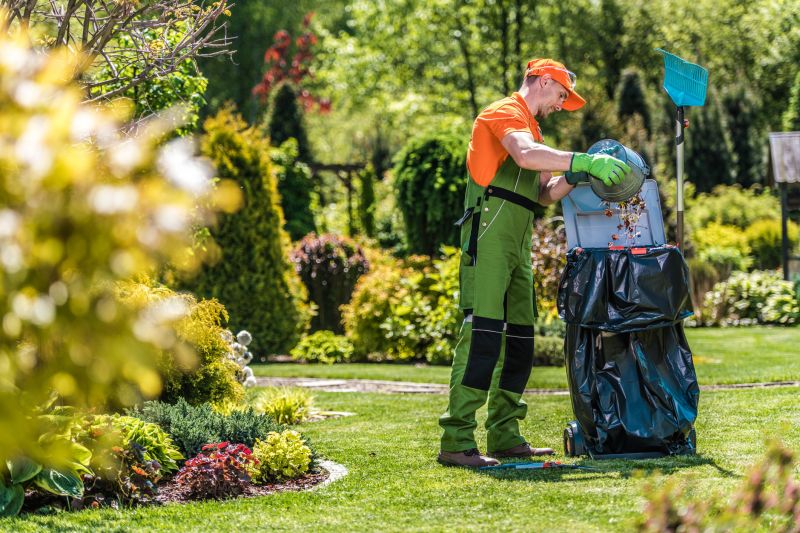
A 60-second routine that keeps Lawn Leveling Service looking new.
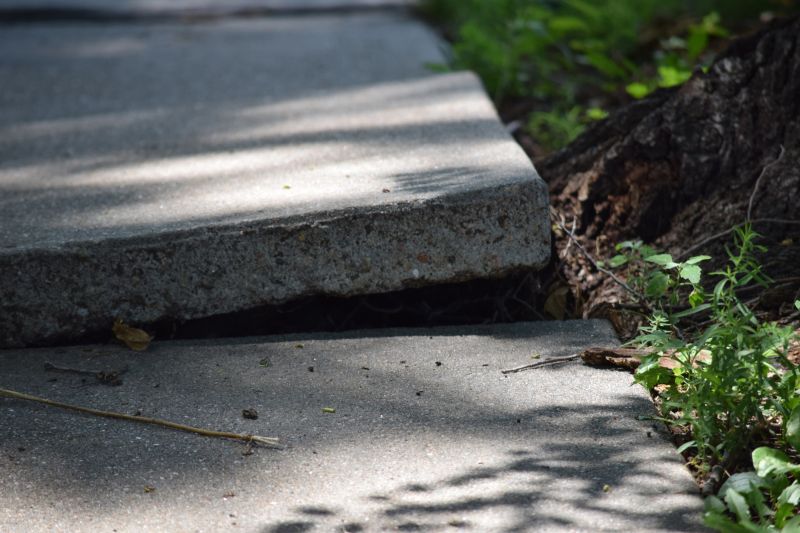
A frequent mistake in Lawn Leveling Service and how to dodge it.
| Best Time for Lawn Leveling | Recommended Conditions |
|---|---|
| Spring | Soil is moist and workable, promoting soil settling. |
| Fall | Cooler temperatures and moist soil support grass recovery. |
| Avoid | Extreme heat or cold can damage grass and soil stability. |
| Ensure | Adequate soil moisture before starting the process. |
| Ideal for | Prepping new lawns or fixing uneven terrain. |



